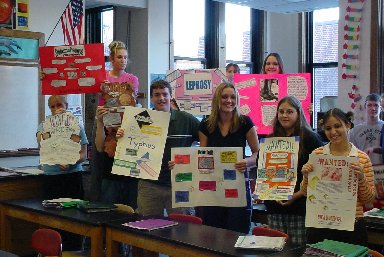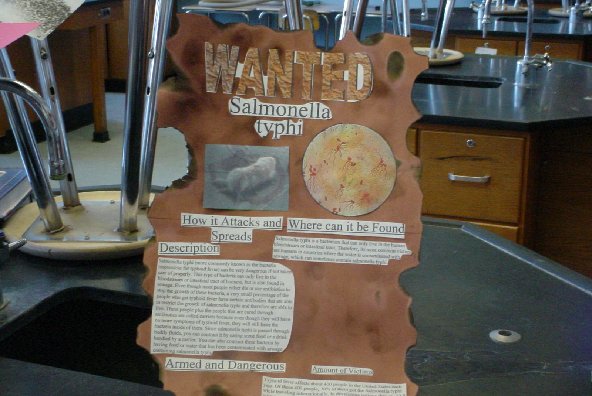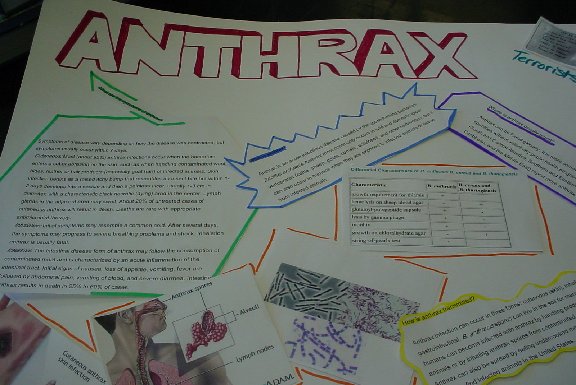Information Literacy
Standard 1: The student who is information literate accesses information efficiently and effectively.
Standard 2: The student who is information literate evaluates information critically and competently.
Standard 3: The student who is information literate uses information accurately and creatively.
Independent Learning
Standard 4: The student who is an independent learner is information literate and pursues information related to personal interests.
Standard 5: The student who is an independent learner is information literate and appreciates literature and other creative expressions of information.
Standard 6: The student who is an independent learner is information literate and strives for excellence in information seeking and knowledge generation.
Social Responsibility
Standard 7: The student who contributes positively to the learning community and to society is information literate and recognizes the importance of information to a democratic society.
Standard 8: The student who contributes positively to the learning community and to society is information literate and practices ethical behavior in regard to information and information technology.
Standard 9: The student who contributes positively to the learning community and to society is information literate and participates effectively in groups to pursue and generate information
I.
a. Recognizes the need for information.
b. Recognizes that accurate and comprehensive information is the basis for intelligent decision making.
c. Formulates questions based on information needs.
d. Identifies a variety of potential sources of information.
e. Develops and uses successful strategies for locating information.
II.
a. Determines accuracy, relevance, and comprehensiveness.
b. Distinguishes among fact, point of view, and opinion.
c. Identifies inaccurate and misleading information.
d. Selects information appropriate to the problem or question at hand.
III.
a. Organizes information for practical application.
b. Integrates new information into one's own knowledge.
c. Applies information in critical thinking and problem solving.
d. Produces and communicates information and ideas in appropriate formats.
IV.
a. Seeks information related to various dimensions of personal well-being, such as career interests, community involvement, health matters, and recreational pursuits.
V.
a. Is a competent and self-motivated reader.
b. Derives meaning from information presented creatively in a variety of formats.
VI.
a. Assess the quality of the process and products of personal information seeking.
b. Devise strategies for revising, improving and updating self-generated knowledge.
VII.
a. Respects the principle of equitable access to information.
VIII.
a. Respects the principles of intellectual freedom.
b. Respects intellectual property rights.
c. Uses information technology responsibly.
IX.
a. Shares knowledge and information with others.
b. Respects others' ideas and backgrounds and acknowledges their contributions.
c. Collaborates with others, both in person and through technologies, to identify information problems and to seek solutions.
d. Collaborates with other, both in personal and through technologies, to design, develop, and evaluate information products and solutions.
| Assessment: | Acceptable Performance Level |
| Conversations, questions, observations | Students will respond and participate in activities to support performance indicators. |
| Circulation statistics | All students will have opportunities for book exchange. Circulation statistics will increase each year. |
| Classroom/Project Grade | Information literacy skills will be a portion of classroom/project grade. |



